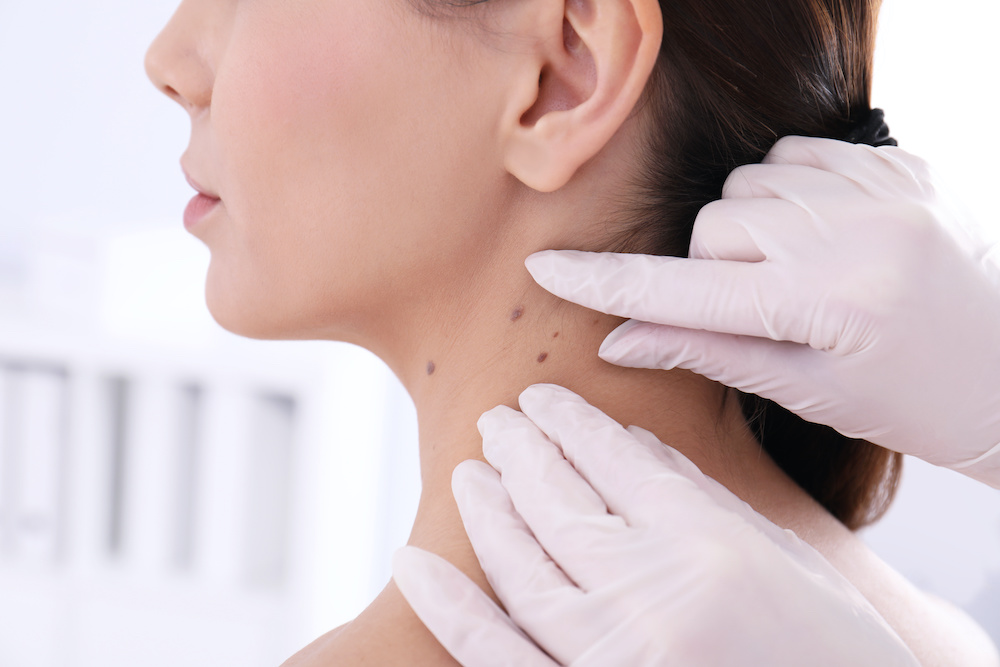Should You Get A Mole Checked By a Dermatologist?

Take a quick scan of your skin. Do you see any moles, freckles or dark marks? Have they always been there or are they new? Do any of them appear darker or have they changed their shape or texture?
Your answers to these questions are vital. Why? New moles or existing moles that have changed in appearance can be a risk factor for skin cancer. Often, they go unnoticed until it is too late. Many people are not in the routine of checking their skin or visiting their dermatologist for a regular cancer screening.
An atypical mole can be found anywhere on your body, so it is critical that you perform full-body checks frequently to stay on top of any changes. It is recommended to perform a self-check on a monthly basis, and get a professional examination yearly, especially if you possess common risk factors or are over the age of 50.
Early detection is key to diagnosing and treating skin cancer. How do you know when a mole is abnormal and needs medical attention? In this article, Atlanta and College Park’s board-certified dermatologist Dr. Sherrie Straughn shares the signs for when you should get a mole checked out by a professional.
Keep in mind that it is important to use this article for information rather than as a diagnostic tool. Whenever you have a concern about a mole on your body or any other skin issue, consult with your dermatologist right away.
5 Signs That You Should Get a Mole Checked Out by a Dermatologist
Asymmetry: An asymmetrical mole is not equivalent on both sides. For example, if you drew a line down the middle of the mole, it would not be the same on the right side as it is on the left.
Border: A typical mole will have smooth edges, whereas an atypical mole may appear jagged or uneven.
Color: An atypical mole may appear with multiple colors, including dark browns, black, tan, red, white or even blue.
Diameter: Most atypical moles will be larger than 6mm, which is about the size of a pencil eraser.
Evolving: A mole that changes its appearance can be a warning sign. If an existing mole changes its shape, size, color or any other feature, it is considered evolving and should be checked out.
Get a Regular Skin Cancer Screening
The above risk factors can help you decide if a mole on your body needs the attention of a dermatologist. When you notice something out of the ordinary, you should consult with a dermatologist who has experience performing skin cancer screenings. At Buckhead Dermatology, we perform routine full-body exams that consist of a family and personal history, a skin screening and a further examination of any unusual spots. If there is a mole that looks suspicious, our board-certified dermatologist may schedule a biopsy and send a sample for testing.
If you live in the Atlanta area and have a concern about a mole or any other skin issue, contact Buckhead Dermatology of Atlanta and College Park. For over 25 years, Dr. Straughn has been the leading dermatologist in the area specializing in treating skin of color for a variety of issues. From keloids and hyperpigmentation to vitiligo and eczema, Dr. Straughn has achieved successful results for her patients through experience and quality care.
Any atypical mole or mole that has changed in appearance must be taken seriously. Call Buckhead Dermatology today for a consultation and to discuss your unique skin concerns. In addition to annual skin cancer screenings, Buckhead Dermatology can provide you with information to help you make the best decision for your skin concerns.
